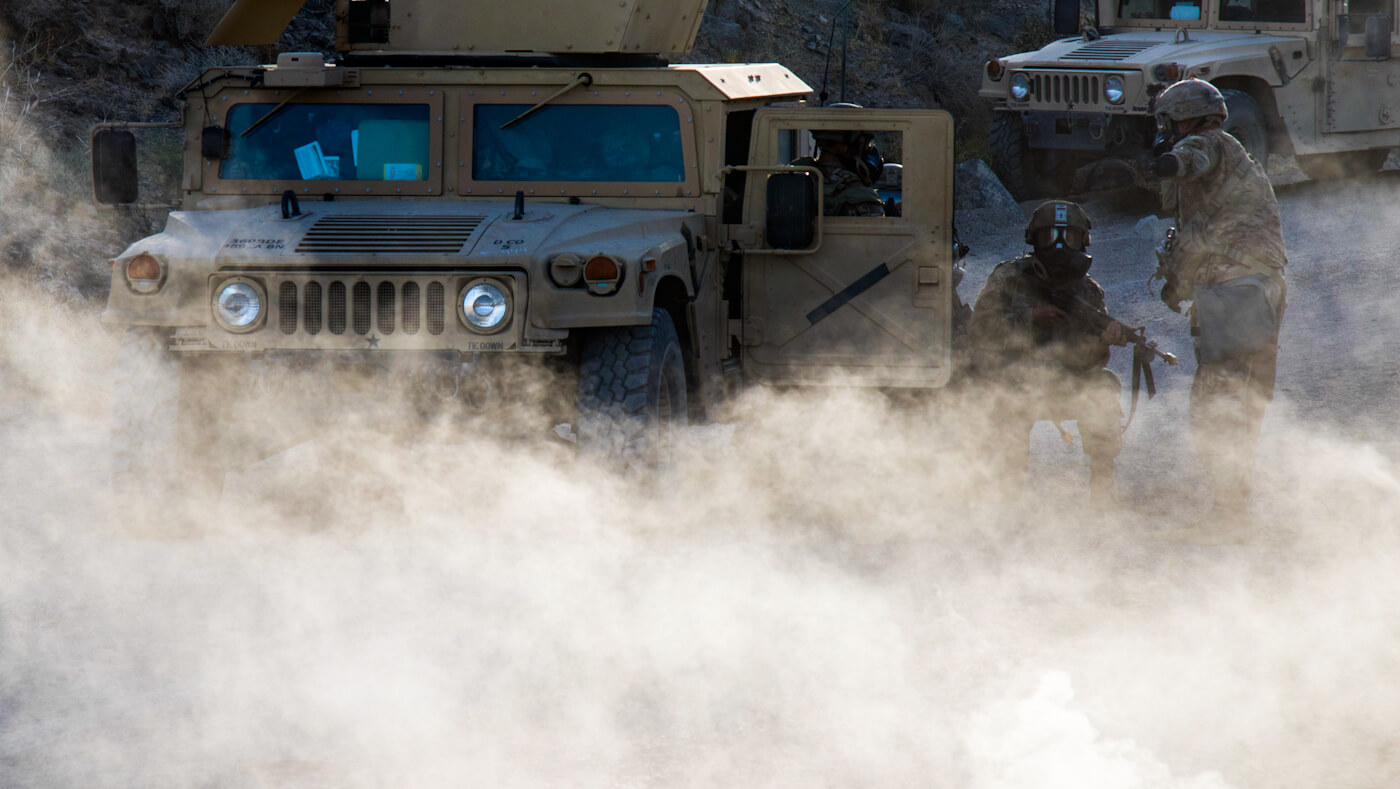The Military Emissions Gap Has Three Components:
1. What governments are obliged to report to the UN.
2. How they report their military emissions.
3. What they don’t report.
MilitaryEmissions.org
1. What Governments Are Obliged to Report to the UNFCCC
After pressure from the United States, military emissions reporting was excluded from the Kyoto Protocol. In 2015, the Paris Agreement made military emissions reporting voluntary. Therefore at present no governments are obliged to report their military emissions.
To complicate matters, the UNFCCC placed different obligations on states based on their level of economic development. The most economically developed countries — those with the greatest historical and current emissions — became Annex I countries. Annex I countries are obliged to report their national emissions and take steps to reduce them. The less developed countries became Non-Annex I countries, and have fewer reporting obligations.
This means that even if military reporting was obligatory, only 43 Annex I countries, plus the EU, are obliged to regularly report their national emissions. This would exclude many countries with large militaries and high levels of military expenditure, such as China, India, Saudi Arabia and Israel.
2. How Governments Report Military Emissions to the UNFCCC
Governments use a category system based on Intergovernmental Panel on Climate Change (IPCC) guidelines to report their emissions. Different sources are listed under different category codes. Where military emissions are reported, these equate to mobile fuel use — from road transport, aviation and ships, and stationary fuel use — from heating buildings at military bases.
However, many countries do not disaggregate military emissions under the relevant IPCC category, or they report them together with emissions from civilian activities that are not specified elsewhere, for example from civil defence, or search and rescue. A few countries do not release emissions data on the grounds of national security.
Overall, we find reporting to the UNFCCC to be either wholly absent or incomplete, generally unclear, and highly inconsistent between countries.
3. Military Emissions Governments Don’t Report to the UNFCCC
Energy use at bases and fuel use from the operation of military equipment — such as aircraft, naval vessels and land vehicles — are often seen as the main contributors to military emissions. When the military do report on their emissions, it is this data that is usually provided. However, research into the UK and EU militaries shows that it is military equipment procurement and other supply chains that account for the majority of emissions.
In 2019, sales by the largest 25 arms producing companies reached an estimated US $361 billion, an increase of 8.5% compared to 2018. Each sale has its individual carbon cost, from the extraction of raw materials, through to production by arms companies, the use by militaries, decommissioning and end-of-life disposal. And of course military supply chains are far broader than weapons alone, with modern militaries reliant on a huge range of products. As with supply chains, militaries are less likely to report the emissions from overseas or conflict operations.
In spite of growing attention on the field of climate security, the influence that conflicts have on emissions remains understudied. While conflicts may reduce economic outputs, they also create rapid social, economic and environmental change, impede environmental governance and can lock countries into using polluting industrial technologies for longer.

The War on Terror emitted more than 1 billion metric tons of CO2
These can all increase emissions. Another understudied area is the contribution that the short-lived climate forcers released by military activities make. These are substances with a relatively short lifetime in the atmosphere compared with CO2.
When assessing the lifecycle impacts of military activities and conflicts, we also need to consider what happens to emissions after conflicts. Rebuilding urban areas can create millions of tonnes of emissions from dealing with debris, or the concrete used for new buildings. Research from many post-conflict countries has also found that huge spikes in deforestation are common. This can drive emissions and permanently reduce the capacity of vital carbon sinks.
Taken together, these issues raise the question of whether it is enough for militaries only to report on their direct emissions.
Militaryemissions.org is a collaboration between CEOBS, a UK charity that works to research and publicise environmental data, develop methodologies to improve data collection and analysis, and scrutinise and contribute to developments in law and policy intended to reduce the environmental harm caused by conflicts and military activities and Concrete Impacts is a UKRI-Economic Social Research Council funded collaboration between Lancaster and Durham Universities examining the socio-ecological effects of military supply chains and their wider environmental footprints. Contact Principle Investigator, Benjamin Neimark: b.neimark@lancaster.ac.uk, Co-Investigator Dr Oliver Belcher.
View Your Government’s Military Emissions Data
Militaries are huge energy users whose greenhouse gas (GHG) emissions are making a significant contribution to the climate crisis.
The UN Framework Convention on Climate Change obliges some states to report on their GHG emissions every year. But because reporting military emissions is voluntary, data is often absent or incomplete — this is the military emissions gap.
This site is dedicated to tracking, analysing and closing the military emissions gap, bringing together the data that governments report into one place. Click on the map to explore what your government does, and doesn’t report.
Methodology Used for the Map Data
https://www.ipcc-nggip.iges.or.jp/public/2019rf/pdf/1_Volume1/19R_V1_Ch08_Reporting_Guidance.pdf
https://unfccc.int/process/parties-non-party-stakeholders/parties-convention-and-observer-states?field_national_communications_target_id%5B515%5D=515https://unfccc.int/resource/docs/2013/cop19/eng/10a03.pdf – page=2
https://unfccc.int/process/parties-non-party-stakeholders/parties-convention-and-observer-states?field_national_communications_target_id%5B514%5D=514https://unfccc.int/sites/default/files/17_cp.8.pdf
https://www.ipcc-nggip.iges.or.jp/public/2019rf/pdf/1_Volume1/19R_V1_Ch08_Reporting_Guidance.pdf
https://www.ipcc-nggip.iges.or.jp/public/2019rf/pdf/3_Volume3/19R_V3_Ch08_Other_Product.pdf
Military Expenditure
https://www.sipri.org/databases/milex
https://data.worldbank.org/indicator/NY.GDP.MKTP.CD
